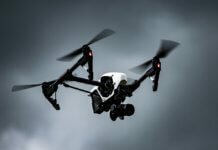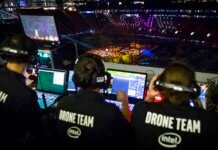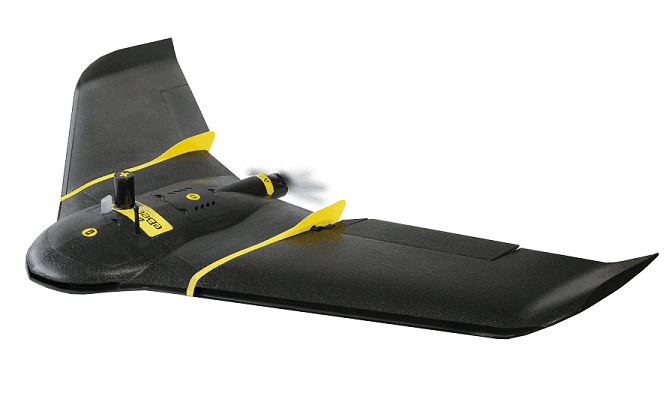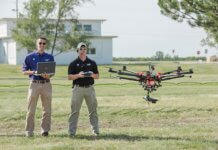An Oregon State University (OSU) computer science professor is part of a team that will receive up to $7.1 million to develop a small-drone swarm infrastructure to help the U.S. military in urban combat, OSU recently announced.
The contract is part of the Defense Advanced Research Project Agency’s (DARPA) OFFSET program, short for Offensive Swarm-Enabled Tactics. The program’s goal, according to DARPA’s website, is “to empower … troops with technology to control scores of unmanned air and ground vehicles at a time.”
Julie A. Adams of OSU’s College of Engineering is on one of two teams of “swarm systems integrators,” whose job is to develop the system infrastructure and integrate the work of the “sprint” teams, who will focus on swarm tactics, swarm autonomy, human swarm teaming, physical experimentation and virtual environments.
Raytheon BBN, a research and development arm of the Raytheon Co., a major defense contractor, leads Adams’ team. The team also includes Smart Information Flow Technologies, a research and development firm. Northrop Grumman, an aerospace and defense technology company, heads the other team of integrators.
Adams, the associate director for deployed systems and policy at the college’s Collaborative Robotics and Intelligent Systems Institute, is the only university-based principal investigator on either team of integrators, says OSU.
Researchers envision swarms of more than 250 autonomous vehicles – multi-rotor aerial drones and ground rovers – to gather information and assist troops in “concrete canyon” surroundings where line-of-sight, satellite-based communication is impaired by buildings. The information can help keep U.S. troops safer and civilians in the battle areas safer, as well, according to the university.
“I specifically will work on swarm interaction grammar – how we take things like flanking or establishing a perimeter and create a system of translations that will allow someone to use those tactics,” Adams says. “We want to be able to identify algorithms to go with the tactics and tie those things together and also identify how operators interact with the use of a particular tactic.
“Our focus is on the individuals who will be deployed with the swarms, and our intent is to develop enhanced interactive capabilities: speech, gestures, a head tilt, tactile interaction. If a person is receiving information from a swarm, he might have a belt that vibrates. We want to make the interaction immersive and more understandable for humans and enable them to interact with the swarm.”
Adams notes that last summer, China launched a swarm of 119 fixed-wing unmanned aerial vehicles.
“Right now, we don’t have the infrastructure available for testing the capabilities of large swarms,” Adams continues. “Advances have been made with indoor systems, including accurately tracking individual swarm members and by using simulations. Those are good first steps, but they don’t match what will happen in the real world. Those approaches allow for testing and validation of some system aspects, but they don’t allow for full system validation.”
OSU says the integrators’ objective is for operators to interact with the swarm as a whole, or subgroups of the swarm, and not individual agents – like a football coach orchestrating his entire offense as it runs a play.











Leave a Comment
Your email address will not be published. Required fields are marked *